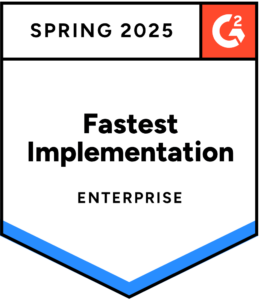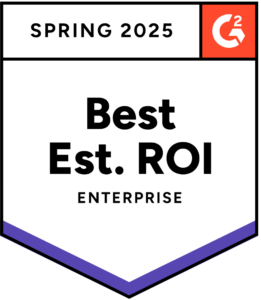CPO’s Corner: Accounting Journal Entry Automation
Blog post
Share
Michael Ross, Chief Product Officer, Trintech
As I talk with accountants, controllers, CAOs and CFOs, accounting journal entry management is a regular topic of discussion. What I hear is usually around three main pain points:
- The level of effort required for journal entries
- It is work that delays teams from higher value analysis
- The risk of errors
What Is a Journal Entry in Accounting?
Let me unpack those areas above a little bit, but before we do that – let’s revisit the background behind the accounting journal entry. Per “AccountingTools.com,” an accounting journal entry is the method used to enter an accounting transaction into the accounting records of a business. The accounting records are aggregated into the general ledger, or the journal entries may be recorded in a variety of sub-ledgers that are later rolled up into the general ledger. This information is then used to construct financial statements at the end of a reporting period. Net-net, this is how entries are recorded into the financial systems of record (aka the General Ledger).
Challenges in the Accounting Journal Entry Process
Given the above, why is journal entry such a burden to CFOs, CAOs and accounting in general? It is because of the number of entries—in some cases, tens of thousands in a single period—and the effort to complete them is often manual. This is the first pain point – the work effort. Accountants want and deserve that process to be as automated as possible. The second reason is that manually tying in an accounting journal entry is not rewarding; highly skilled accounting and finance professionals would rather be working on creating insights and actionable plans based on the data versus just entering that data. Lastly – anything manual is error-prone. As noted in the definition above, these entries are used to create financial statements for a business, so errors can be material in how a business views and adjusts its operations, hiring, spending, and investment.
Trintech’s Accounting Journal Entry Software
Trintech has long provided Journal Entry Management for our Cadency customers who were implementing solutions for Record to Report transformation projects. These customers include the likes of HP, who noted, “Trintech’s Artificial Intelligence Risk Rating for JE will help HP continue to improve its quality of our JEs, which in turn improves our Balance Sheet and Income Statement. Also, this feature will prevent errors from happening and allow for additional explanation on why the JE was entered to be leveraged by internal and external auditors. We are excited that this functionality will continue to improve the efficiency in our Record to Report process.”
For our customers who are seeking operational control, we are excited to announce that the Adra solution now includes, at no additional cost, an accounting journal entry capacity. This includes automated journal entries that are identified as needed during the financial close, as well as manual journal entries. This workflow is designed to be interoperable with any ERP solution via an industry-standard data format. Our initial discussions with customers indicate that customers seeking operational control of their financial close will get tremendous benefits in reducing manual work, reducing errors, and being able to focus on higher-value work.
To see how Trintech’s solutions can enhance your accounting journal entry capabilities, please book a demo today.






